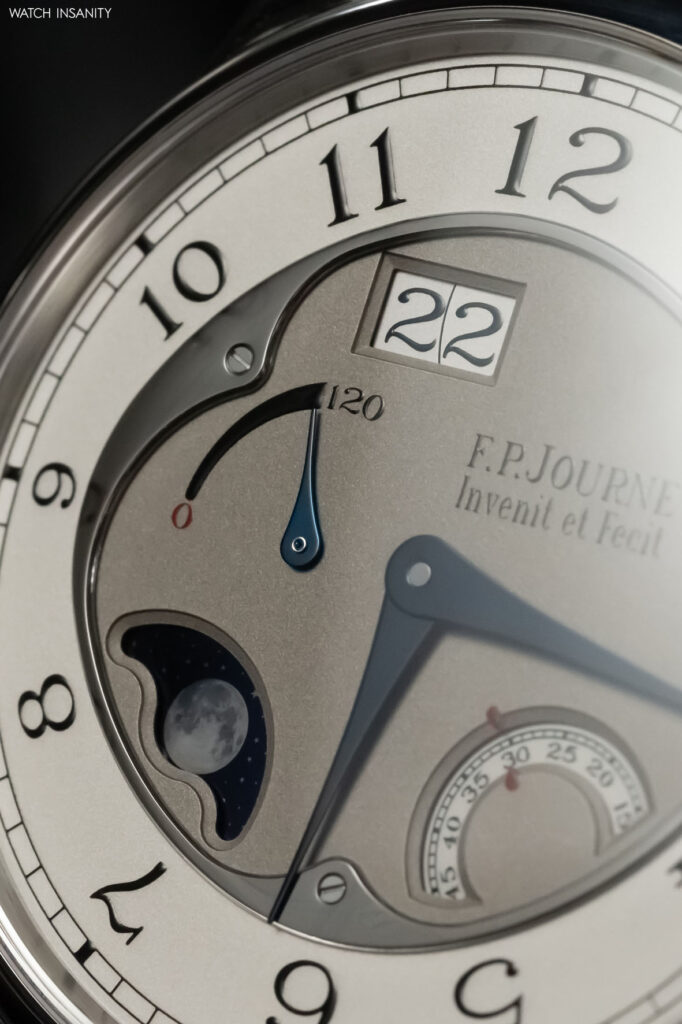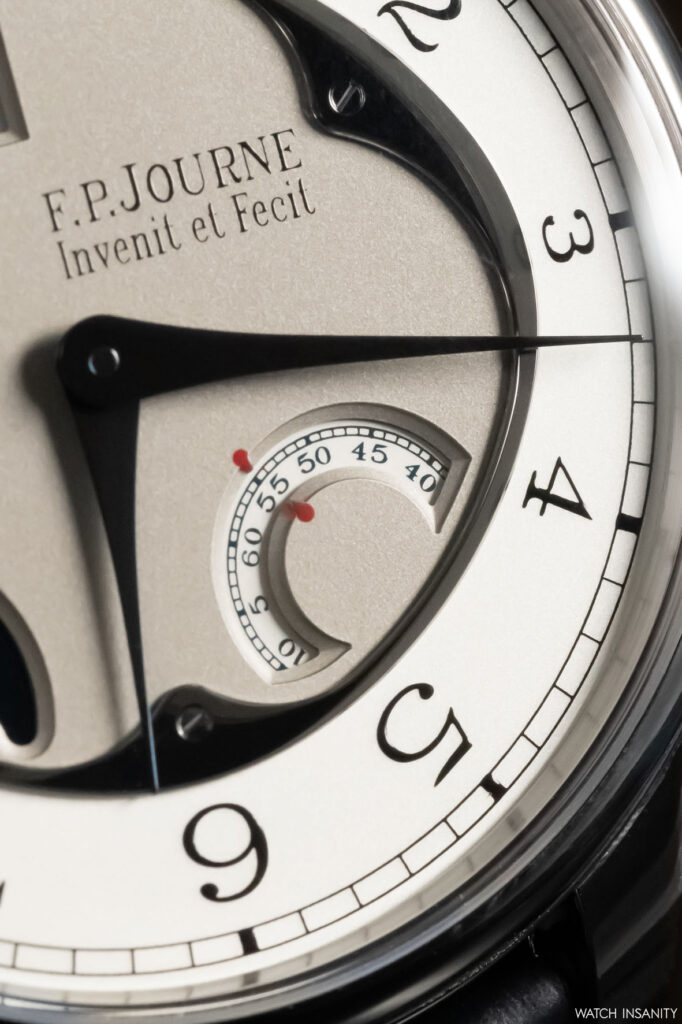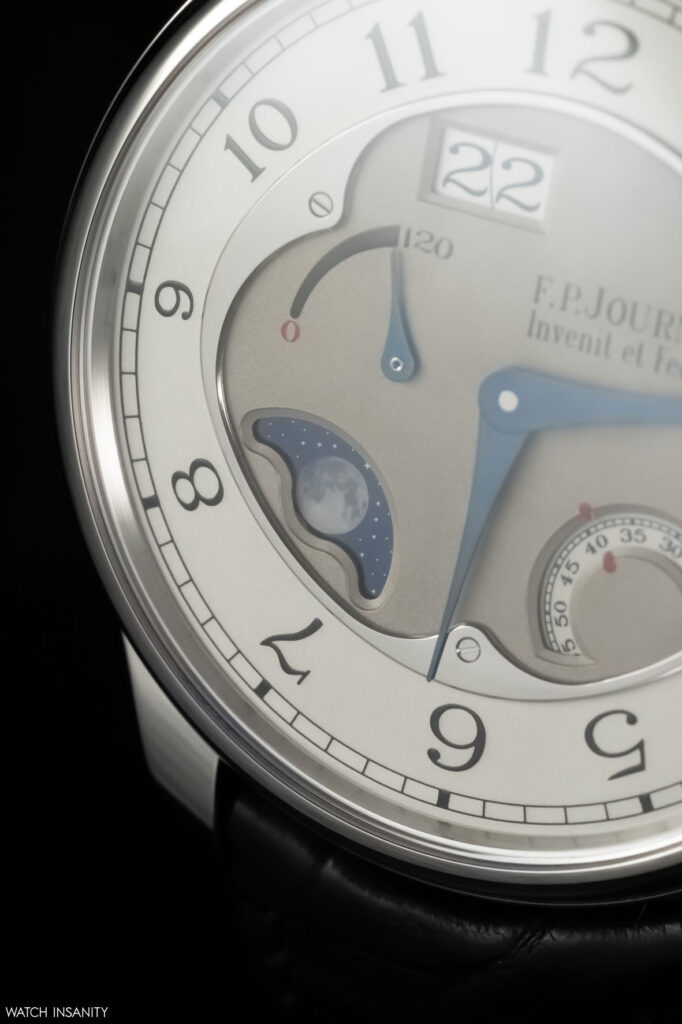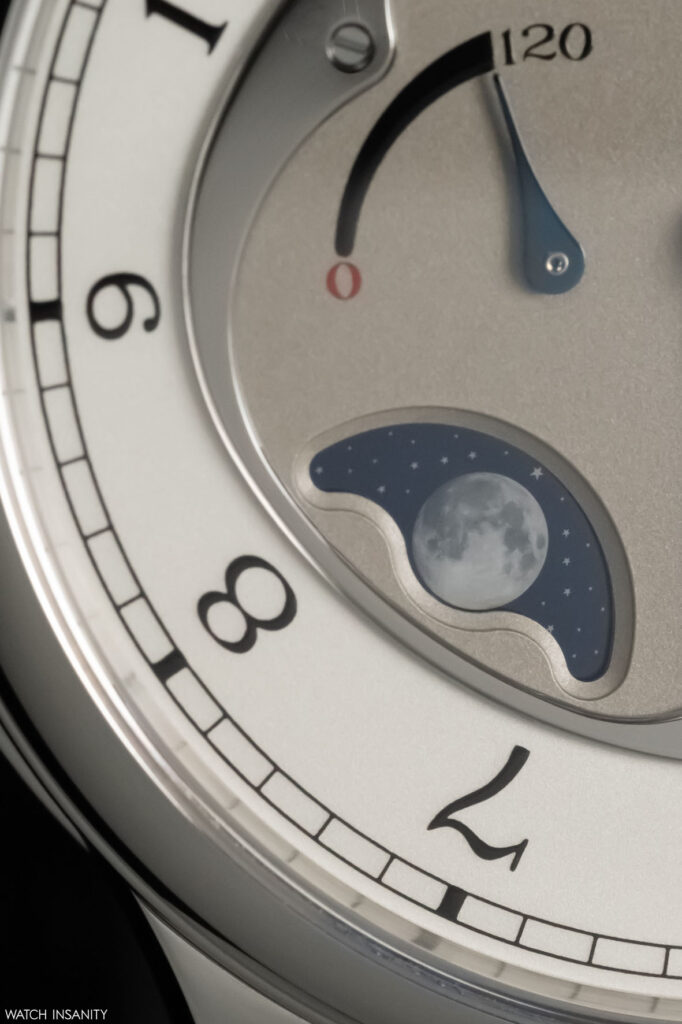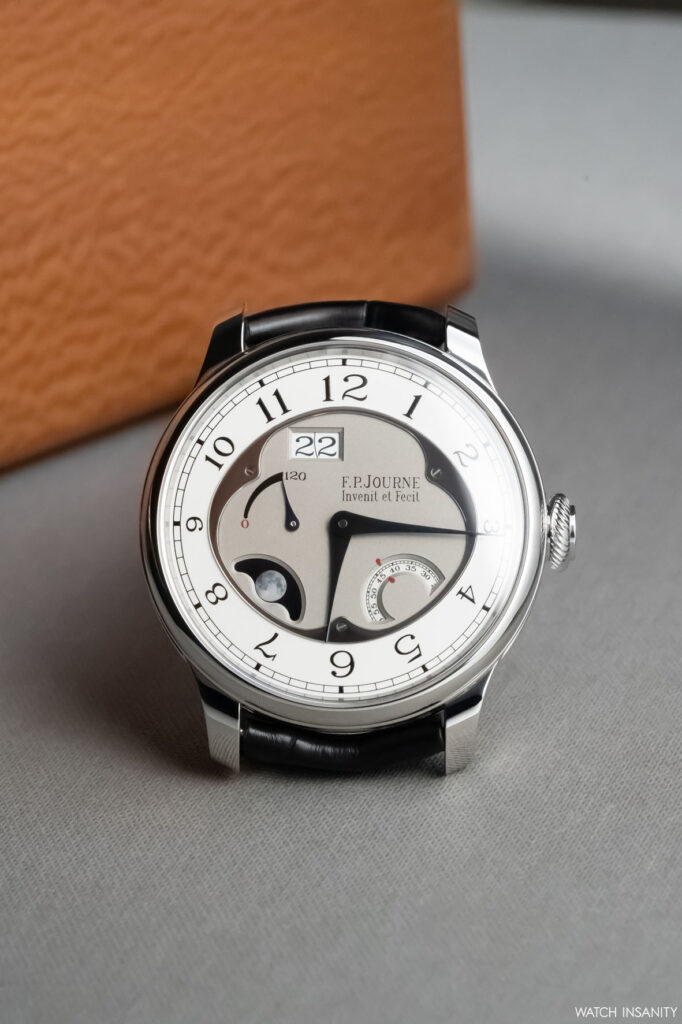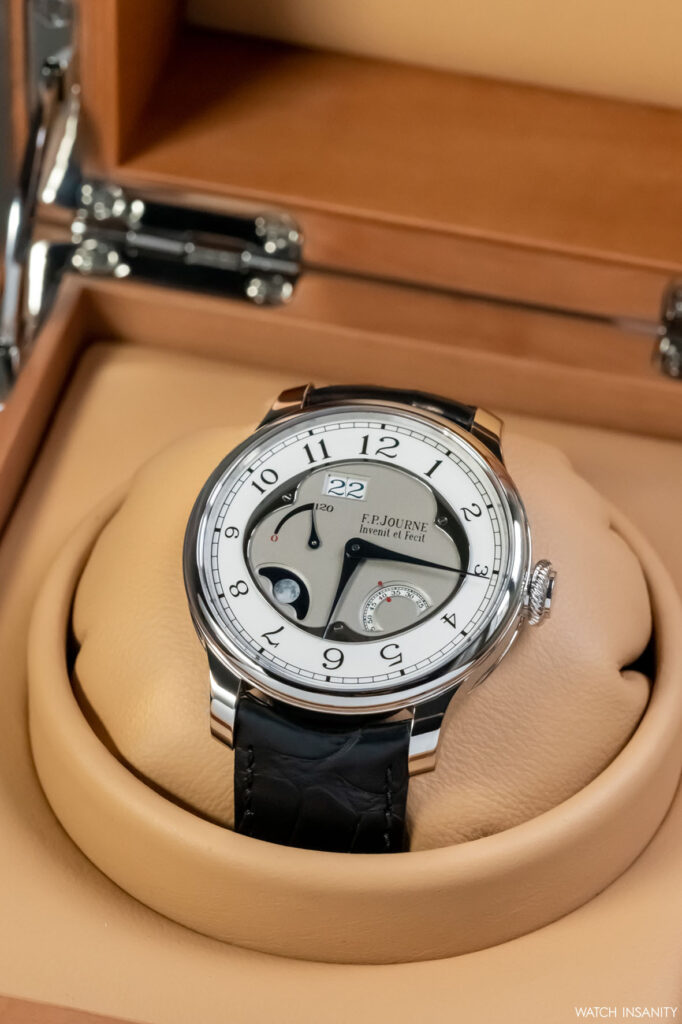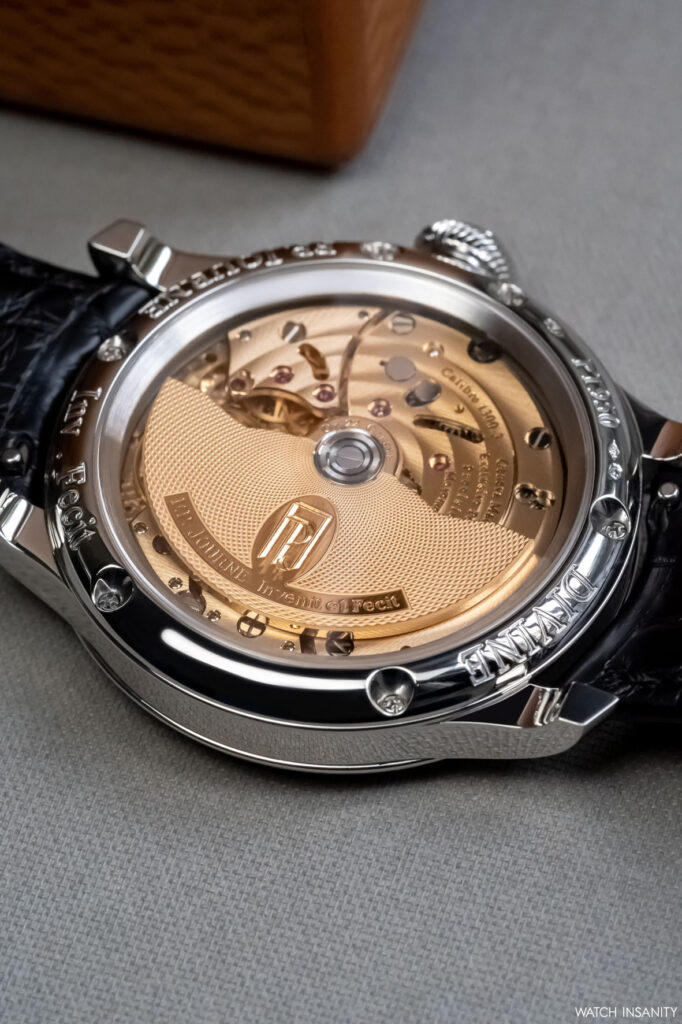F.P. Journe Octa Divine: Divine Mechanics
28 December 2022Many watch enthusiasts know François-Paul Journe as the creator of sublime movements and complications. He matured his vocation at the beginning of his career when, in Paris, he restored antique watches and tourbillons. Some pieces such as the tourbillon with Remontoire d’Egalité or the Chronomètre à Resonance have made watchmaking history. However, not everyone remembers that among the master’s collections there is also one which, although always characterized by an exceptional workmanship, is also suitable for everyday life: the Octa collection.
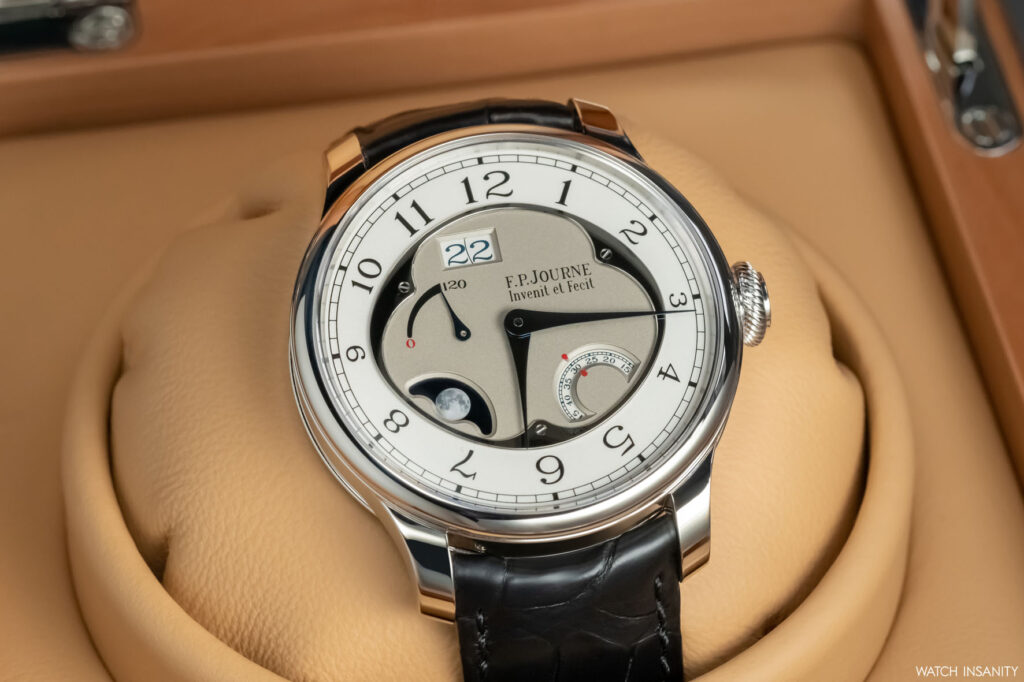
FRANÇOIS-PAUL JOURNE FOR EVERY DAY
In 2001, François-Paul Journe presented a collection of watches based on one single movement, with a single size for all complications, improved chronometric performance, and with a long-lasting and extremely stable power reserve. The keyword for that collection – the Octa – was “uniformity”, as it needed uniform technical and aesthetic features, regardless of the complications and their display on the dial.
If the Octa has housed various complications, from the annual or perpetual calendar to the moon phases, up to the chronograph, nevertheless the size and style were the same, as was the basic movement: a calibre with a 5-day power reserve and a variable inertia balance.
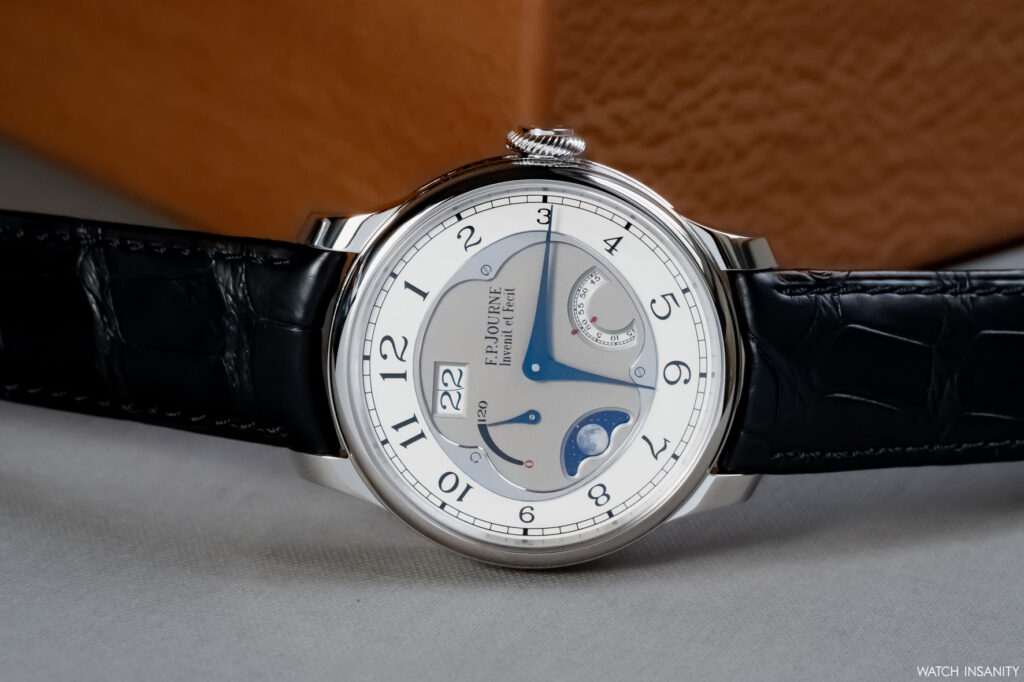
Over time, the Octa collection has undergone several improvements, the first of which was an update of the automatic winding mechanism. François-Paul Journe recalls that he once met a friend who, wearing an Octa, could never complete its charge. This guy worked mostly on a computer, wore the watch on his right wrist, and the winding didn’t work properly. Journe thus changed the winding system from bidirectional to unidirectional, mounted on ceramic ball bearings: a system more sensitive to small movements and therefore more efficient for winding the watch.
This led to the Octa caliber 1300.3, which retained the 5-day power reserve and the variable inertia balance. Subsequently, the rhodium-plated brass of the movement was replaced by solid gold (with 22K gold rotor, 18K gold plates and bridges), meeting François-Paul Journe’s desire to create watches that were as durable as possible, but also extremely precious.
OCTA DIVINE AND ITS HARMONIOUS DIAL
The Octa Divine follows the path traced by the Octa Perpetual Calendar: a larger case, a two-tone stepped dial with additional indications, all positioned in the central area. Furthermore, it follows the Octa Lune’s evolution, which means a larger grand date display, together with the change of position and style of the indications compared to those of the first Octa Divine. The result is a more elegant dial.
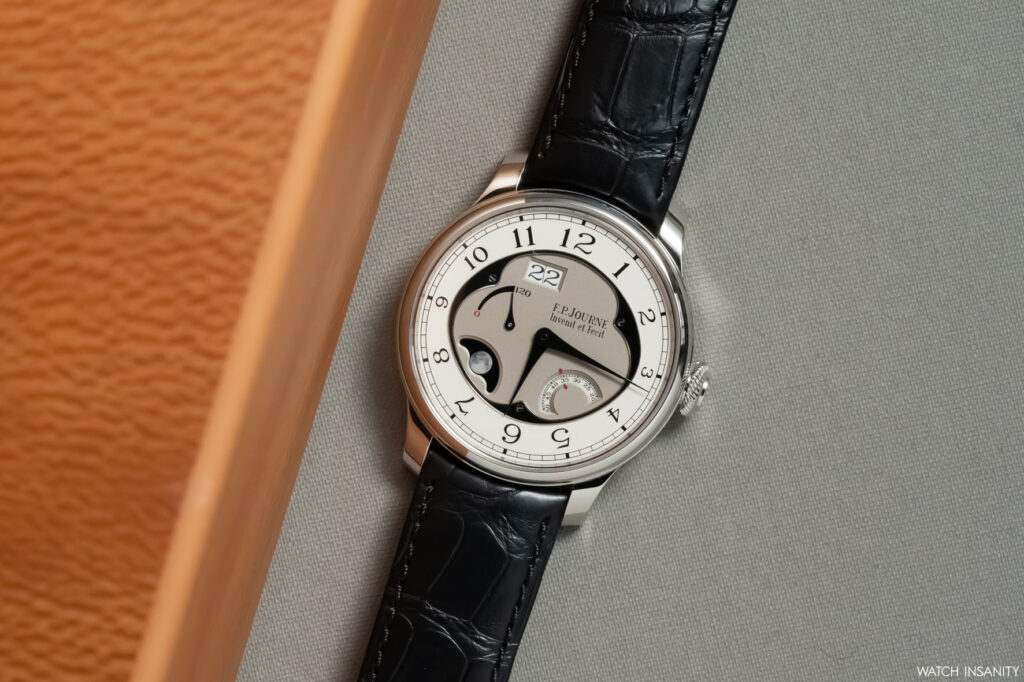
Indeed, the watch is inspired by the perpetual calendar in terms of style, with a dial divided into three areas. The first is a central part with a grained finish (in grey gold or rose gold, depending on the Octa Divine version), which includes the main indications. Around it is a trefoil frame in mirror-polished steel fixed to the dial with three screws. Finally, the numbers are printed on a simple outer white circle, which also includes the chemin de fer minute track.
Due to the particular shape of the steel frame, the hour numbers have different sizes depending on their position: it is a classic solution for the brand’s watches, as François-Paul Journe does not want to reduce the hour markers.
The Octa Divine’s indications are based on the combination of time, moon phase, grand date, small seconds and power reserve. The small-second display is a partial disc at 4:30 which, remaining in the central area of the dial, does not overlap with the hours track. The moon phases are displayed through a colored sapphire disc inside a window at 7:30, mirroring the small-second counter.
Between 10 and 11 o’clock stand the power reserve indicator and the grand date; the date jumps instantaneously and is clearly visible. Overall, these proportions give better legibility and make the dial very light. Hours and minutes are indicated by the classic and elegant blued teardrop-shaped hands, typical of Journe.
CASE FINISHING
The Octa Divine case is available in 40 or 42 mm, while in the first version of the watch only the 40 mm case was produced. Considering the large number of indications on the dial, their legibility is excellent with both case sizes, even if on the 42 mm version greater airiness is perceived. The 42 mm case remains perfectly wearable thanks to the rather short and curved lugs, which embrace the wrist.
The case is made of 18K 6N red gold or platinum and is fully polished, with a domed and rounded bezel. It is combined with a five-row bracelet of the same material or, alternatively, an alligator strap. The case of the Octa Divine is consistent with all the manufacture’s production, thanks to an extremely classic workmanship with a rather recognizable shape; this watch, like the others created by the master, is perfectly identifiable as a creation by François-Paul Journe. The crown is the same used in all the other collections, with its distinct and thin shape, and the knurled artwork that simplifies its grip and handling.
THE OCTA 1300.3 CALIBER AND FRANÇOIS-PAUL JOURNE’S SAVOIR-FAIRE
Inside the watch, the Octa caliber 1300.3 features a slightly off-centre 22K red gold rotor fitted with an efficient variable inertia balance oscillating at 3Hz (21,600 vibrations/hour). The 120 hours of power reserve are guaranteed by the capacity of the hairspring, 1 mm thick and 1 meter long, integrated on the same level as the gear train and escapement. Thanks to its low torque, the automatic winding is also very fast.
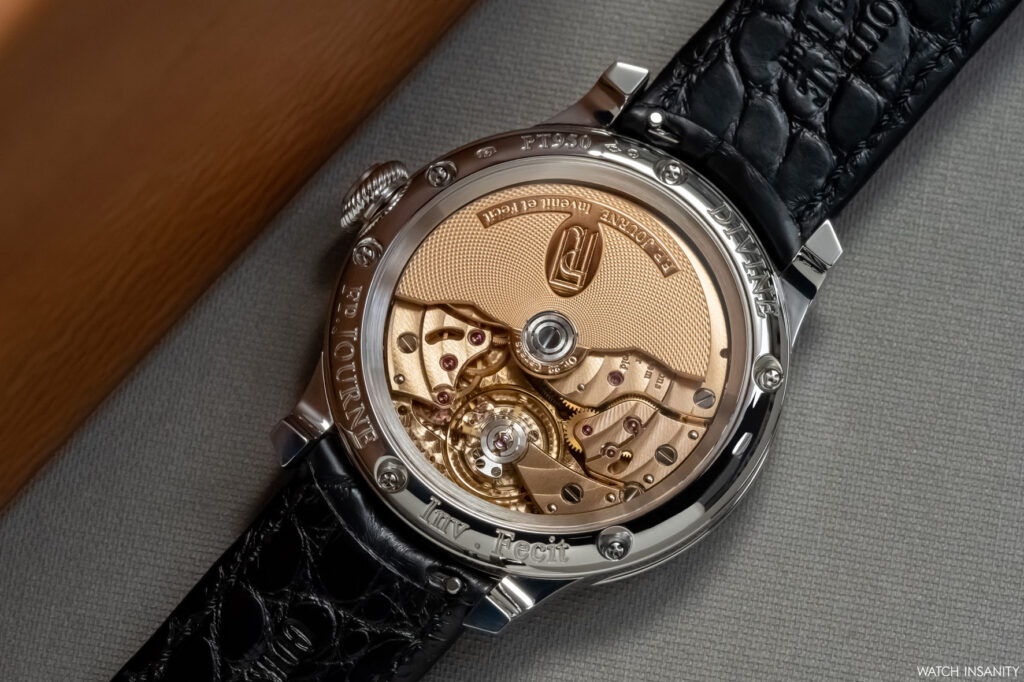
As the brand remembers, watches with long power reserves have hitherto been handicapped by small balances, which are susceptible to shocks and disturbances. The Octa’s compact construction allows a large (10.1 mm) balance to be fitted. This free-sprung chronometer balance is adjusted by four weights for greater inertia and stability.
Fully wound, the Octa delivers chronometric precision for 120 hours. The meter-long mainspring supplies an average 850gr of torque, limiting the loss in balance amplitude to 25% over the five-day period. Beyond that time, the watch will continue to run for another day or two, but the amplitude-loss no longer guarantees precision timekeeping. All Octa Divine settings (date, moon phase, time) are made via the crown, avoiding unsightly buttons on the case.
In terms of finishes, the Octa Divine’s movement is a classic in Journe’s production, conveying a sensation of extra-luxury. The bridges and the base plate are in 18K rose gold, which is now the standard for the brand. The rotor is guilloched with a barley-corn pattern, the bridges are adorned with circular Côtes de Genève stripes, hand-polished bevels, and the base plate is circular grained. A feast for the eyes, visible through the sapphire crystal case back.
IN CONCLUSION
Is there more to write about François-Paul Journe’s Octa Divine? Maybe not. So, we might as well repeat that it represents yet another artistic effort combining excellent finishes, superfine mechanics, precious materials and, above all, ergonomics and clarity – often overshadowed by brands only eager to amaze with special effects on watches in which, then, the time and information become illegible.
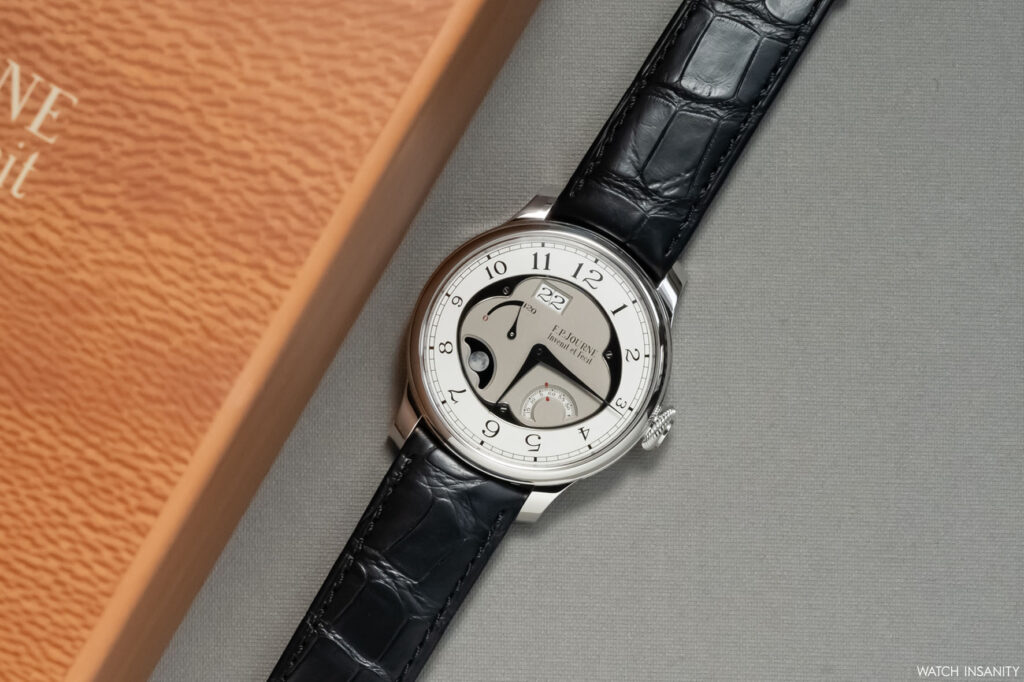
Of course, excellence has a cost: from 74,620 and 46,600 CHF for the 18K 6N red gold versions (bracelet and strap), and from 97,620 and 49,600 CHF for the platinum versions (bracelet and strap). Yes, excellence has a cost but, however paradoxical it may seem, it remains priceless.
By Davide Passoni

